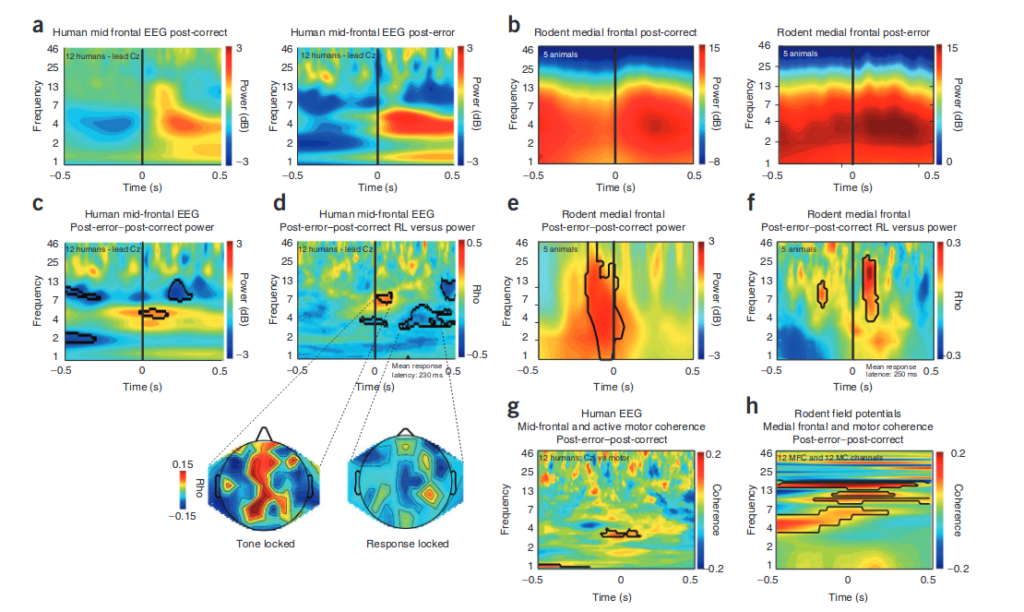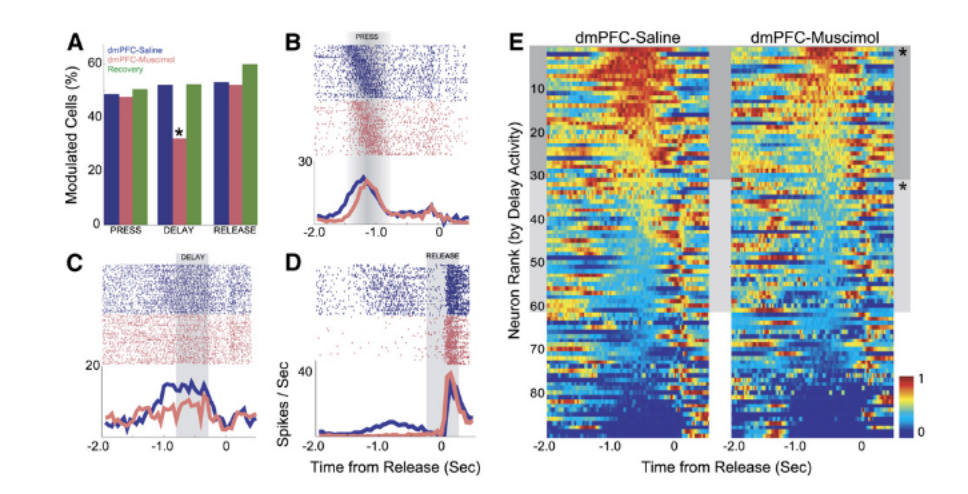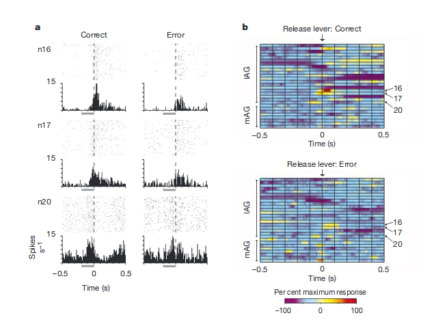Neural Basis of Executive Control and Decision Making
The goal of the Computational and Systems Laboratory is to understand the role of the frontal cortex and basal ganglia in value-based decision making, food-seeking behavior, and the cognitive control of action. We wish to understand how frontal regions of the brain learn predictive relationships between stimuli and outcomes (such as food) and control action selection. Of special interest, we are currently investigating the roles of cortical opioid receptors in reward signaling and functional interactions between the medial and orbital frontal cortex. Computationally we are focused on methods for neuronal data analysis (machine-learning analysis of spike-trains, time frequency analysis of continuous neuronal signals such as LFP) and quantitative models of decision making and behavioral flexibility (drift diffusion models, reinforcement learning, and normative models of behavioral tasks).
To study these issues, we use multi-site multi-electrode recording methods in awake, behaving rodents, methods for reversible inactivating brain regions (e.g., fluorescent muscimol, optogenetics), intra-cortical pharmacology, and fiber photometry. We are also active in developing methods for quantifying how neuronal spike trains and population activity represent information about behavior and how spike trains relate to fluctuations in local field potentials and calcium dynamics in identified cell types.
In recent years, a major focus of our effort has been on The OpenBehavior Project. The goal of this project is to share designs and protocols for open-source tools used in behavioral neuroscience research.
Select Publications:
Common medial frontal mechanisms of adaptive control in humans and rodents. Nature Neuroscience 2013

Top-down control of motor cortex ensembles by dorsomedial prefrontal cortex. Neuron 2006


